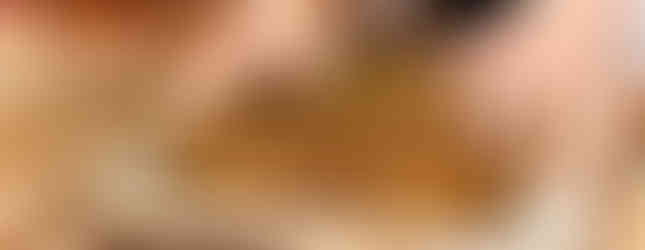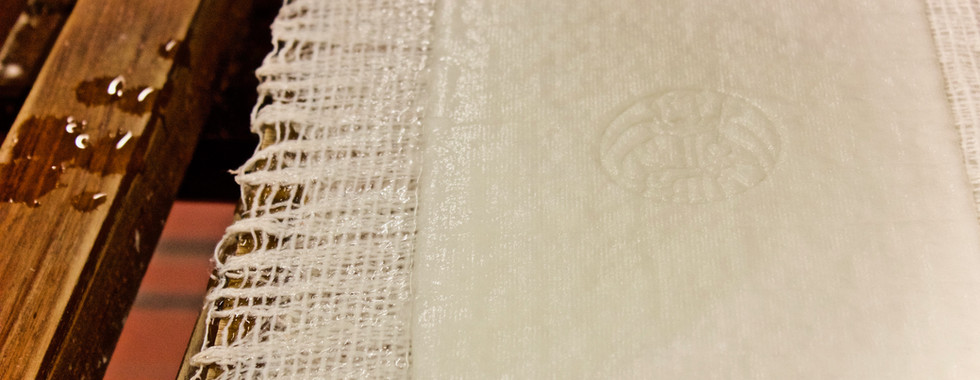A Medieval Artform: Papermaking in Duszniki-Zdrój
- Emily Fata
- Sep 21, 2018
- 5 min read
Updated: Jul 30, 2019
Since the Middle Ages, a seventeenth century paper mill on the Bystrzyca Dusznicka river has been producing beautiful paper products for both individuals and companies across Europe. Wanderous Affair's editor-in-chief had the opportunity to tour the mill and produce paper of her own this May.

This past May, my best friend Marta and I travelled around Poland from the city of Wrocław to the picturesque mountains surrounding the town of Duszniki-Zdrój. Although Duszniki and the immediate area has been known for its healthy, naturally sparkling waters since the late Middle Ages (at the very latest), its seventeenth century paper mill on the Bystrzyca Dusznicka river is what was most memorable for me.
As a writer – one who is still fond of doing my work with paper and pen – and someone who appreciates the seemingly lost practice of handwritten letters, I quickly fell in love with Muzeum Papiernictwa (or the Museum of Papermaking, in English). The fact that we had a personal tour guide, Krzysiek, made the experience that much more outstanding; Krzysiek works as part of the museum’s marketing department and is a family friend of Marta’s.

He began our tour in the first room of the museum: we walked into a space with several massive windows, streaming sunlight through the frosted panes and casting shadows along the long sheets of thick paper hanging from the ceiling. Along the perimeter of the area were framed samples of different prints and papers created throughout history, alongside explanatory text describing each. There were two examples of authentic machinery used to create paper in ancient times into pre-medieval Europe; one which helped form a long reed ‘sieve’ used to hold in pulp and dispel excess water in the papermaking process, and another to create the sheets of paper themselves.
The adjacent room held many different metal stamps, used at that very paper mill over the centuries to create an imprint of a company logo or individual’s sigil. This made each piece of paper unique to the patron who purchased it, as it possessed their inimitable mark. This section of the museum also offered visitors a chance to examine the various contraptions used to master the art of papermaking: from weights and scales to a micrometre that could measure paper thickness ranging from zero to 12.7 millimetres (zero to 0.5 inches).

Not far from here was my (visually) favourite room in the entire museum. Constructed in the early 1600s, this wood-panelled room was referred to as the ‘Hall Under the Dome’, taking its name from the illusionistic picture of a dome with a lantern hanging from it on the flat ceiling. The walls are painted from floor to ceiling with intricate designs depicting an outdoor courtyard scene. The ceiling was painted as well, but was redone in the latter half of the seventeenth century. The colour, still vibrant after hundreds of years, elicited a feeling of splendour that had not been lost to an incredible structure withstanding the tests of time. I was reluctant to leave this beautiful room, but did so with the anticipation of exciting things to come.
We made our way into the Exhibition of Polish Paper Money, an intriguing exhibit that showcased the process of printing paper money and how it evolved over the last two hundred years. Despite Poland being part of the European Union, they continue to use the Polish złoty as their currency, something that reflects their independence and sovereignty. These banknotes represent more than just this, however; even when no longer holding any monetary value, the banknotes themselves are works of art that weigh heavy in artistic value. Indeed, their prototypes were often derived from works created by exceptional artists of their day.

From here, Krzysiek continued our tour into the beautiful permanent exhibition of paper art. This focused on modern artforms, with rows upon rows of incredible pieces created by both Polish and foreign artists alike. These pieces are swapped out every few months, allowing guests to see fresh pieces on each new visit. With paper being associated with art for centuries (being used as a canvas for paintings and to scrawl musical works on, as just two examples), it’s unsurprising how it has evolved as an artform into the modern day…not to mention how fascinating Muzeum Papiernictwa’s exhibit is, as a result. It’s not every day you can see jewellery, castings, sculptures, paintings, artistic books, and large installations made entirely out of paper.
Before our time at Muzeum Papiernictwa came to an end, we had the opportunity to create our own paper using the centuries-old process ‘perfected’ in the medieval ages. Inside the educational room, we partook in a one-on-one workshop.
We began by watching Krzysiek demonstrate the first steps of the process, and then mimicked his actions afterwards. The wood shavings were already soaked in warm water and mashed into a wet pulp in a large wooden basin, which we dipped our wire mesh screens into. These screens were held by a wooden frame and when pulled up from beneath the surface of the water, the pulp remained atop the screen while the excess water drained through the mesh. We then lifted the wooden frame to expose the wet, compacted pulp still clinging to the screen and flipped it upside down onto a sheet of felt-like material. In between each new sheet of paper made, we placed a sheet of this material to separate them. Marta and I each made several sheets of white paper before moving on to repeat the process with pulp water dyed red (which also had little flowers and bits of greenery floating around in it. This left the flora embedded within the paper once the process was complete).

Once we had all of our sheets of wet pulp, they were taken to a manual machine press, which exerted intense pressure on the pieces of paper beneath it to remove as much excess water as possible. After this, sheets were peeled out from between the felt and laid on a dryer’s conveyer belt, which turned out our completely dried pieces of paper within a couple of minutes. I was astounded!

Walking through the remaining areas of Muzeum Papiernictwa – the giftshop and the actual workshop where paper is continually made to this day – I had a greater appreciation of the technique, artform, and time that was put into the creation of their products. It’s not every day that one gets to make their own paper using a centuries-old technique, let alone having the opportunity to do so in a medieval paper mill. These are the things that make me long to travel the world, to experience new things, and to immerse myself in the culture of each and every new place that I happen upon.

What's the coolest thing that you've done while travelling? Let us know what it is was and where in the comments below!
X,
Emily
To read more of our posts on Poland, click here.
* This article was featured in Wanderous Affair: Volume 1, Issue 3

















Comments